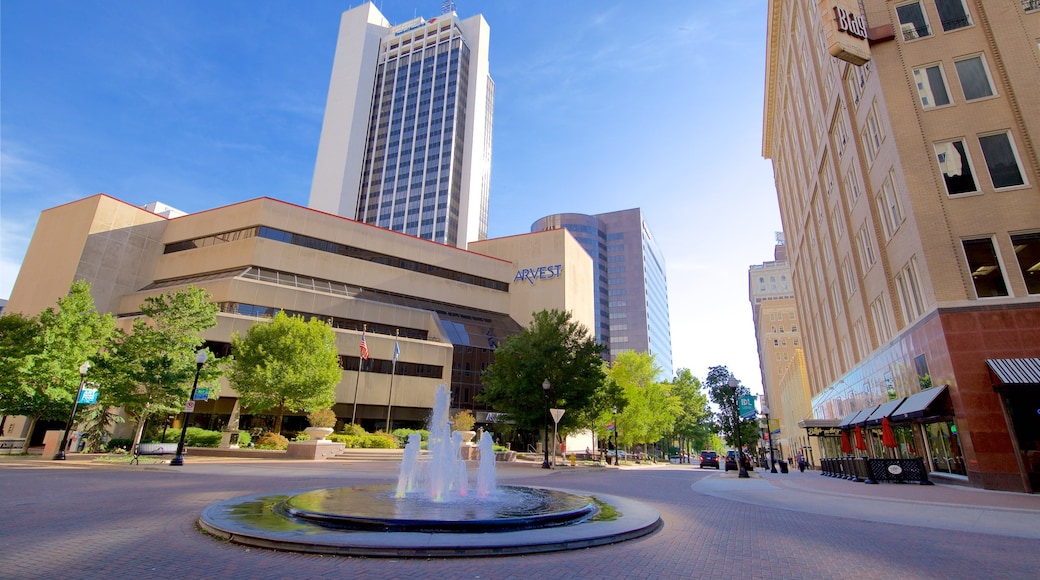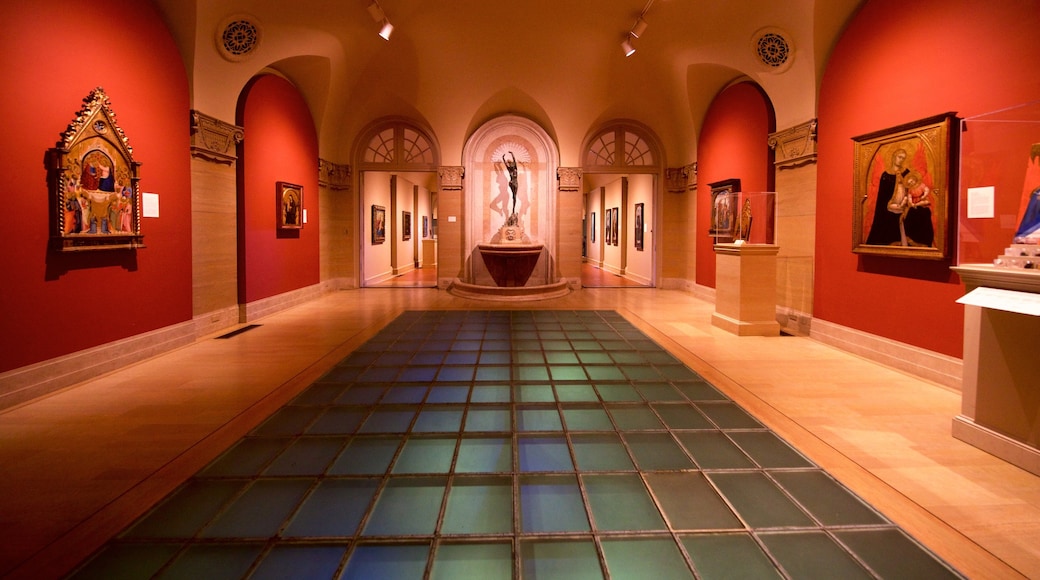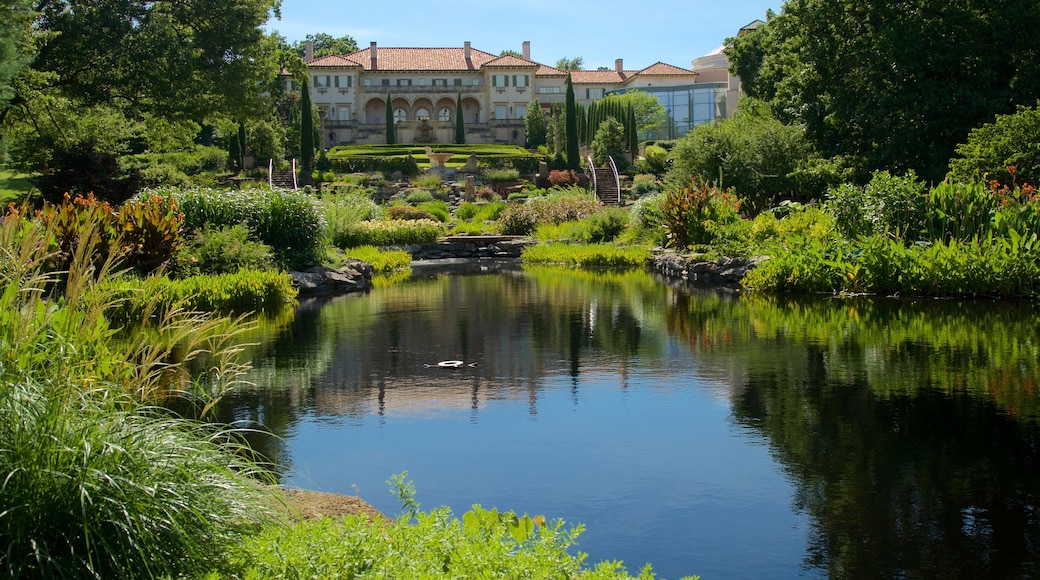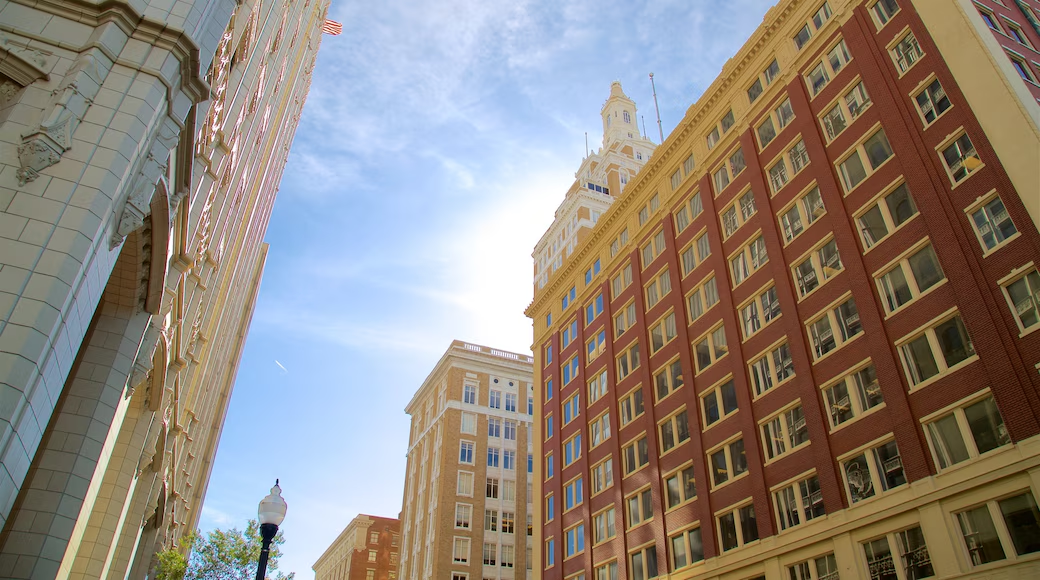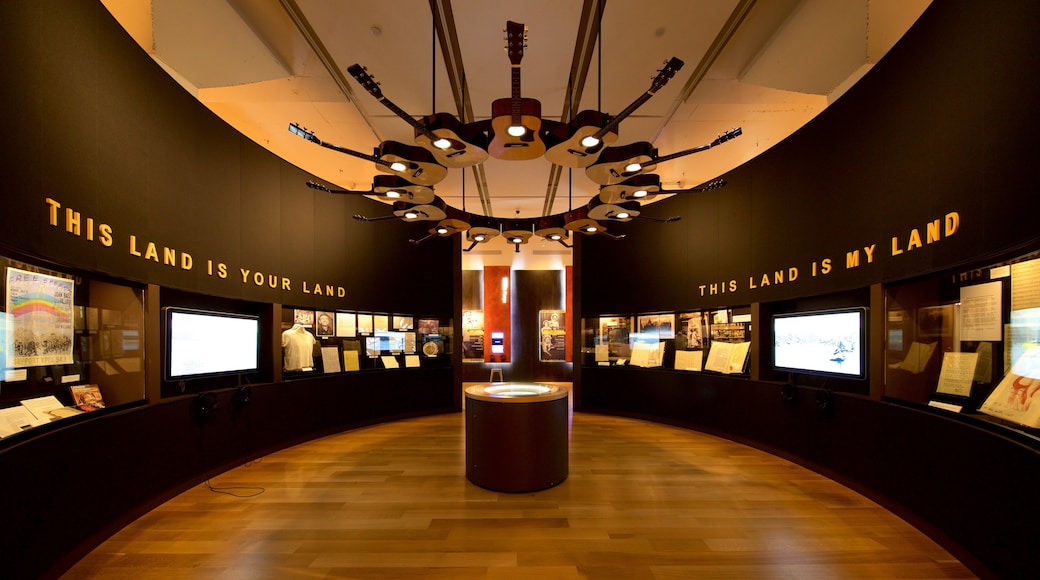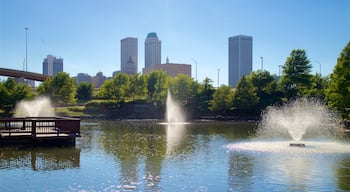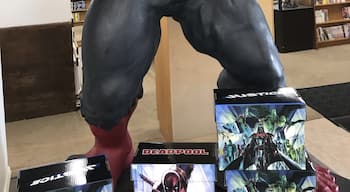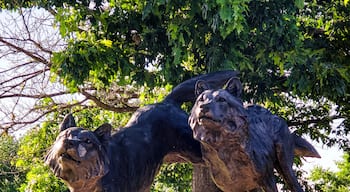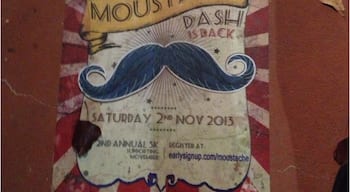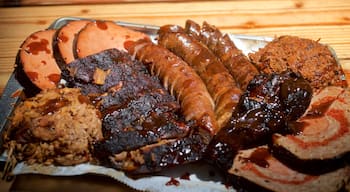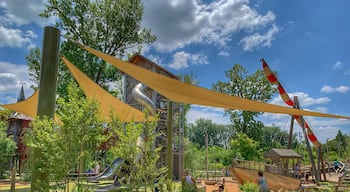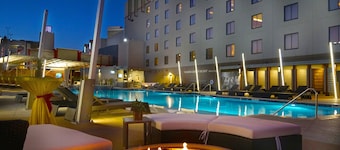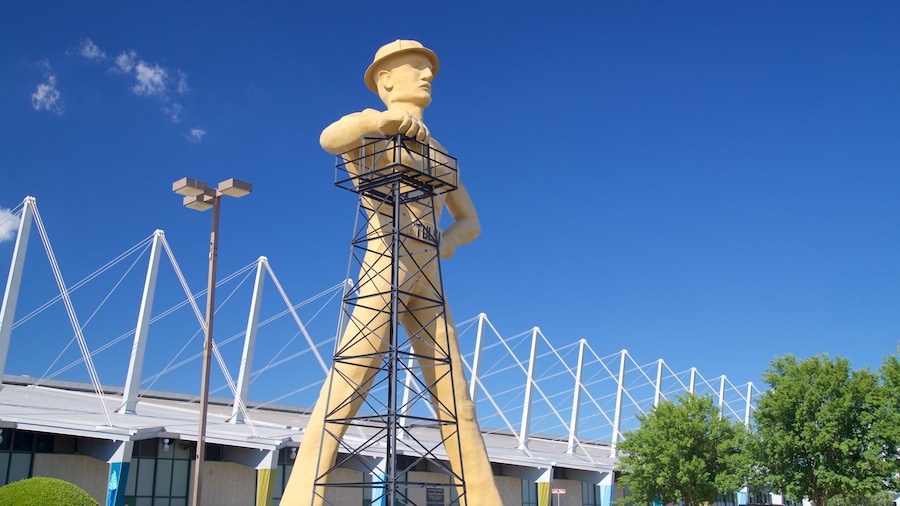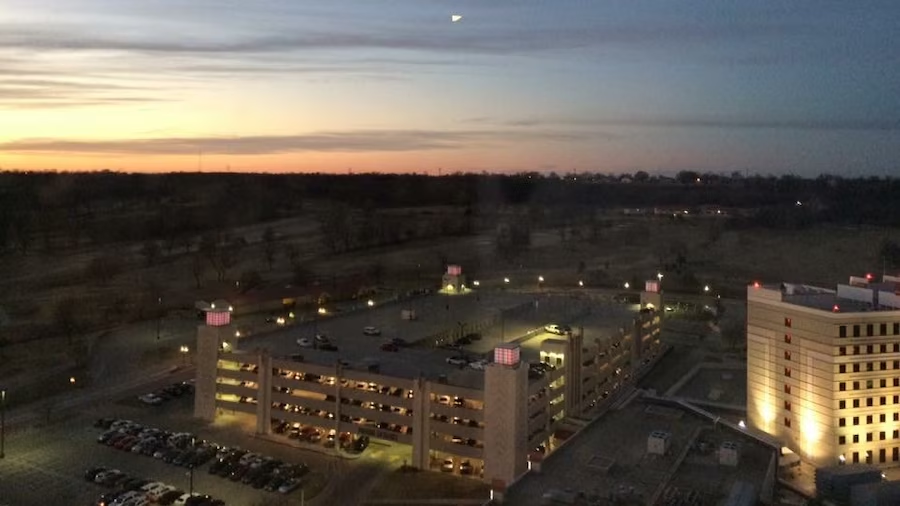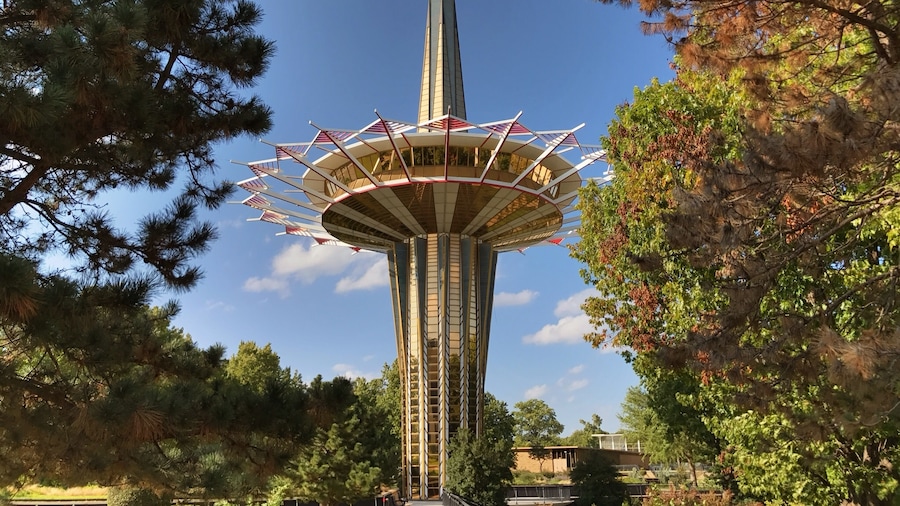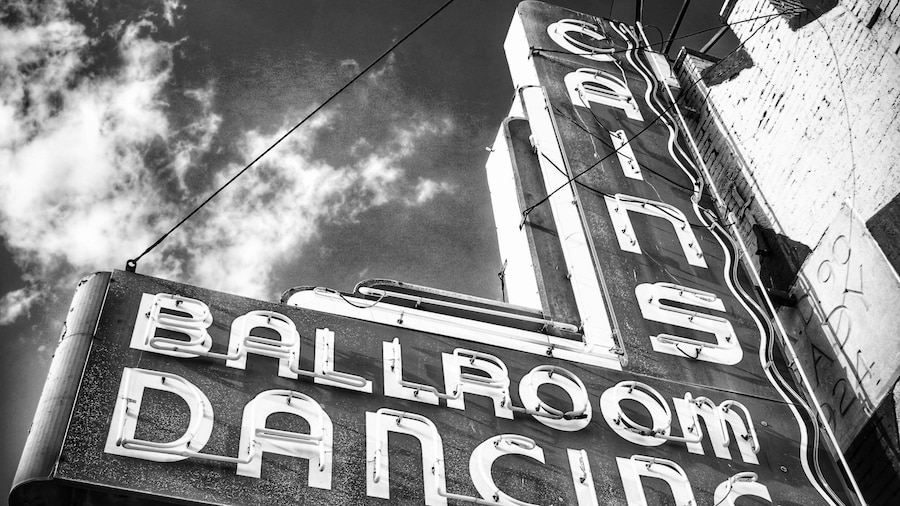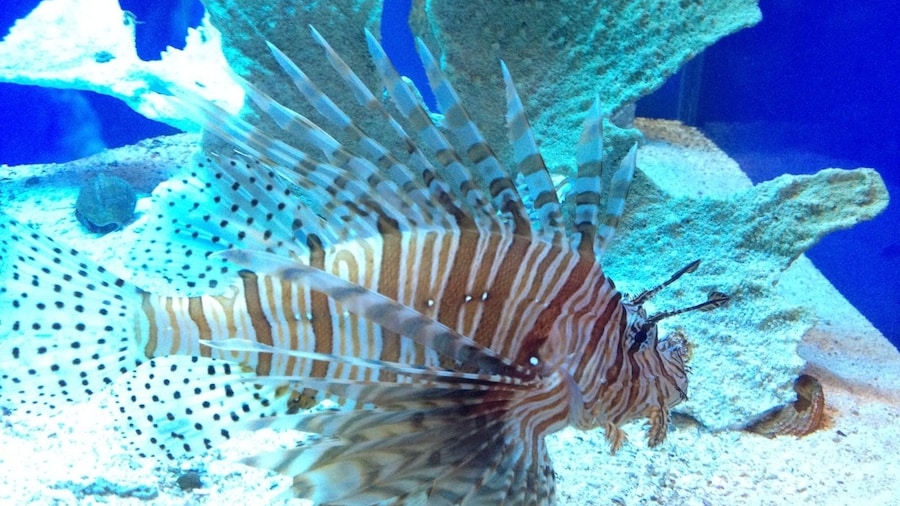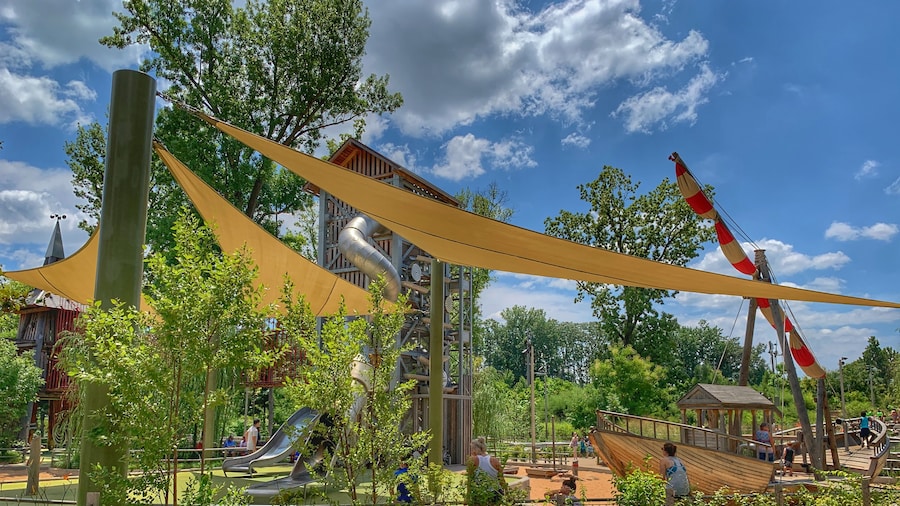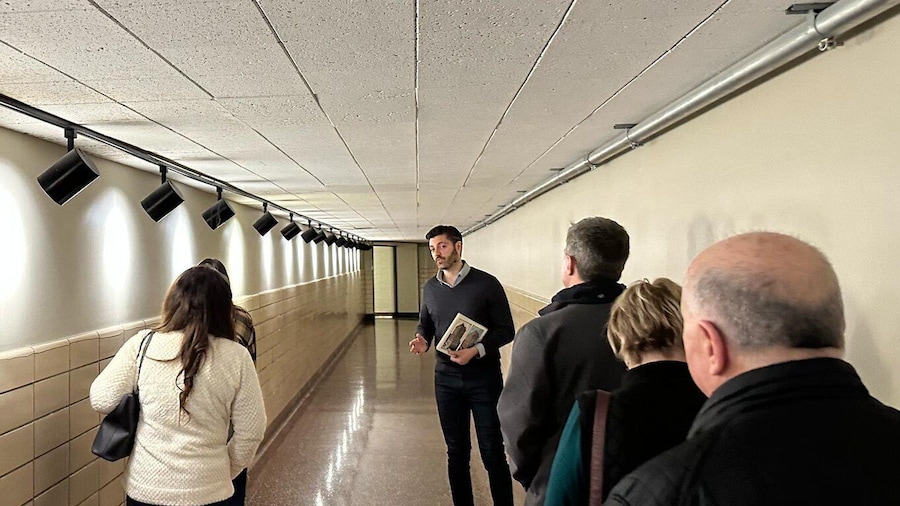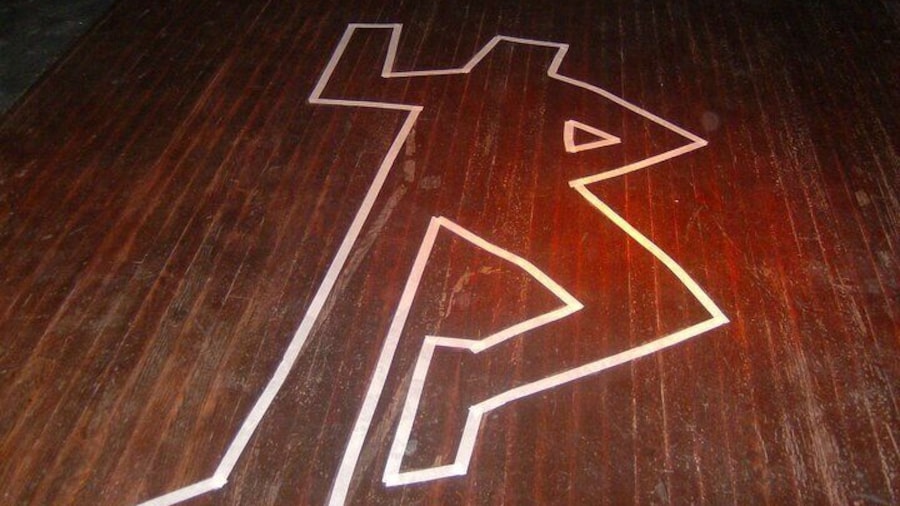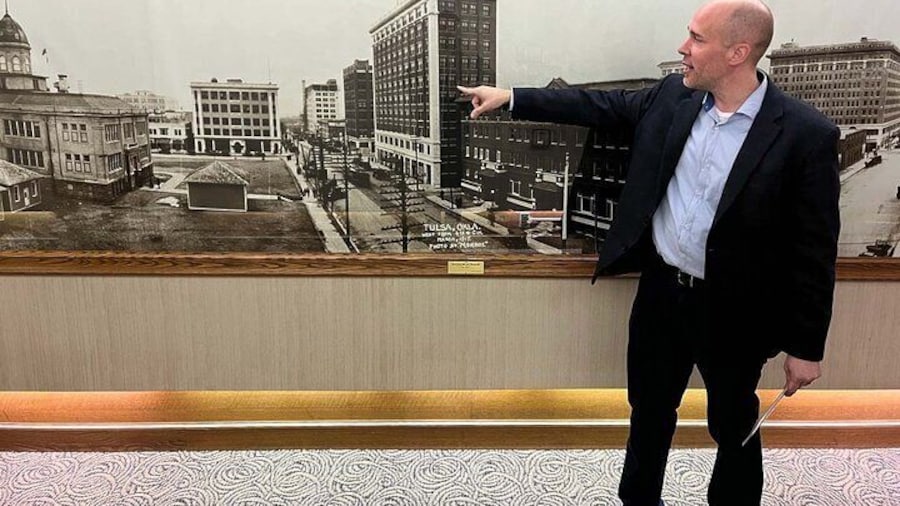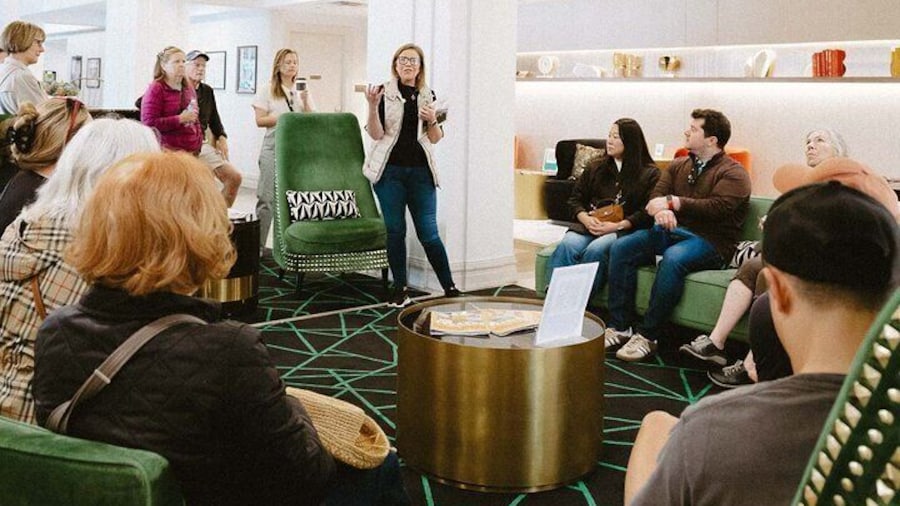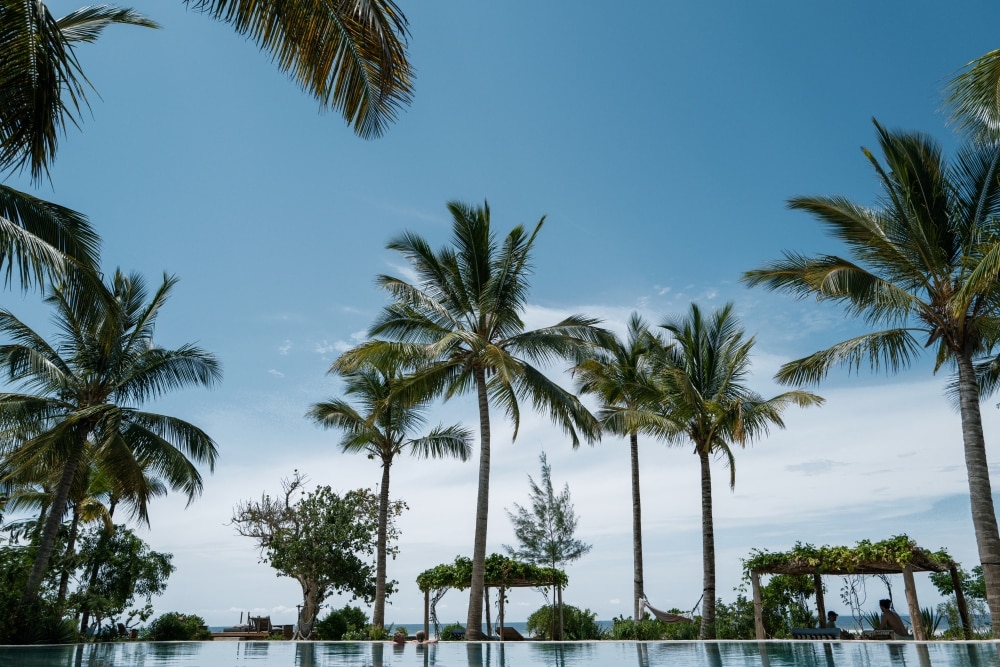Cowboys, oil and the Art Deco movement have all left their mark on Oklahoma’s second largest city.
Tulsa has changed its appearance on more than one occasion. It has transitioned from its Native American foundations to a frontier town to the “Oil Capital of the World.” Today, it’s no longer dependent on black gold (oil), but business is still booming thanks to aerospace, finance, high-tech and telecommunications industries.
Tulsa’s streets are easy to navigate as they are laid out in a simple grid system. Explore the downtown area on foot. It is situated near the banks of the Arkansas River and home to numerous attractions including a baseball park, shops, restaurants and art galleries. Look up and marvel at the Art Deco skyscrapers. The city has the third largest collections of Art Deco buildings in the U.S. When Tulsa settlers struck oil in the early twentieth century, the city spent some of the profits on the huge ornate structures. This includes the Philcade Building, financed by oil tycoon Waite Phillips.
Tulsa has many attractions for the whole family. Observe jaguars, lions, kangaroos, emus and hundreds of other animals at Tulsa Zoo. Set the heart beating faster on the rides at Bell’s Amusement Park and the Big Splash Water Park. Discover Tulsa’s aviation history at the Tulsa Air and Space Museum and Planetarium. You’ll learn about the city’s early aviators and its contributions to space exploration.
Tulsa is also well known for its much larger than life statues. The Golden Driller is a 76-foot (26-metre) statue of an oil worker. The bronze sculpture known as Praying Hands at the entrance of Oral Roberts University stands 60 feet (18.3 metres) high.
For some evening and nighttime fun, be sure to put the Blue Dome District on your itinerary. Named after an old 1920s gas station that used to attract early Route 66 travellers, it is now the centre of downtown Tulsa’s nightlife. There’s a diverse mix of bars, clubs and restaurants. The district is also known for the annual Blue Dome Arts Festival that runs in the middle of May.
